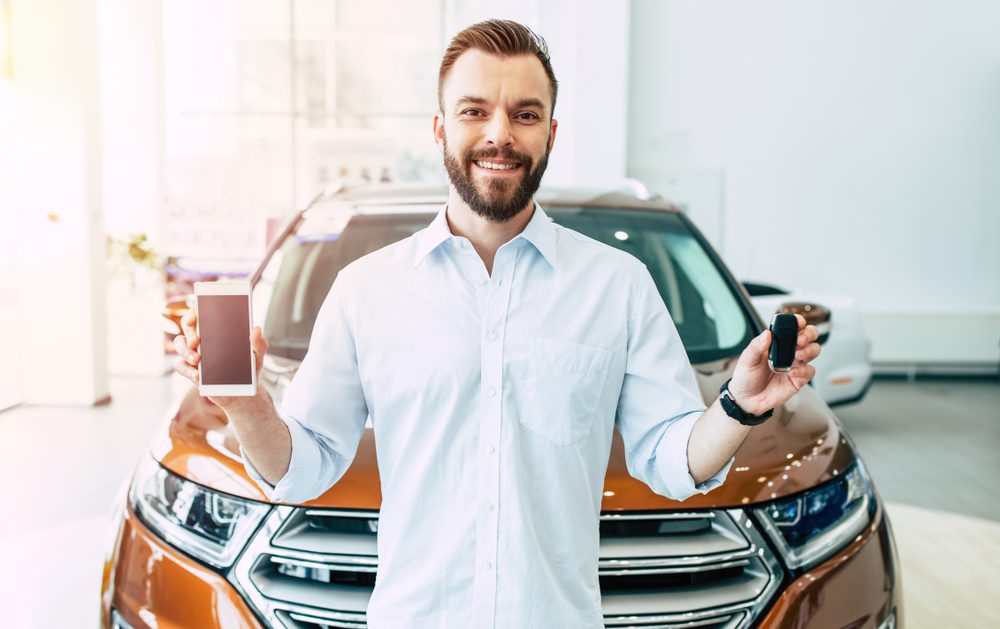There’s a new breed of customers buying cars today, a group that is changing the game. These “connected consumers” are typically young shoppers who look to their phones before they look to dealership lots for a car. While the move to online shopping has already begun for the auto industry, connected customers take things a step further. Instead of looking to manufacturer and dealership websites for information, they often look to third parties and social connections. Overall, they tend to be leery of “experts,” preferring to make their own judgments. Often, they only visit a dealership at one point during the buying journey, when they come to test drive and make their purchase.
Though this new kind of customer might sound daunting, the truth is they represent an opportunity for dealerships. Connected consumers are still buying cars, making it clear that there is a market for them.
Changing Role
When hoping to engage with a connected customer, the first adjustment dealerships need to make is their understanding of their role in the car buying process. Where dealers were once the keepers of the keys–both to cars and the information about them–the connected customer prefers to take the driver’s seat. They come in knowing what they’re looking for and what they want. They don’t want to be educated or slowed down.
For these customers, the dealer becomes a point of support, and the dealership a place where they can make their test drive and purchase. Once a dealership understands this role, they can focus their energies better when meeting these clients.
Growing Reach
The connected customer might look up a particular brand or even your dealership website/social media page at different points in their purchasing journey. For this reason, it’s always a good rule of thumb to keep your personal channels professional, engaging, and up to date.
However, as mentioned, these consumers put less stock in companies and more in the opinions and knowledge of other parties, such as relatives, friends, and social groups. They often check review sites and question pages for decision making.
For this reason, it’s a good idea to monitor such sites and comments sections to keep up with what’s being said about you. Be aware of criticism and praise and find ways to interact positively with both. Investing in these kinds of feedback is the same as investing in other forms of lead generators.
Refine Delivery
Increasingly, connected consumers shop via their mobile devices. This is an excellent opportunity for dealerships because it translates to almost 24-7 access to potential buyers. That said, it only works that way if dealerships tailor their content to the delivery system.
To start with, dealerships should ensure that all their content (website, social media channels, etc.) conforms to a mobile-friendly format. This way, there’s no frustration when shoppers pull the information up on their phones.
Additionally, they should try to create as much image and video content as possible, cutting down on words. Phones are more of a visual medium than a literary one. Whenever something can be shown instead of described, do so. Customers appreciate having many car model angles to look at and virtual walk-throughs. Consider buying a quality camera and recording equipment so that your content doesn’t just stand out–it gets shared.
Because at the end of the day, that is what the connected consumer is all about.








